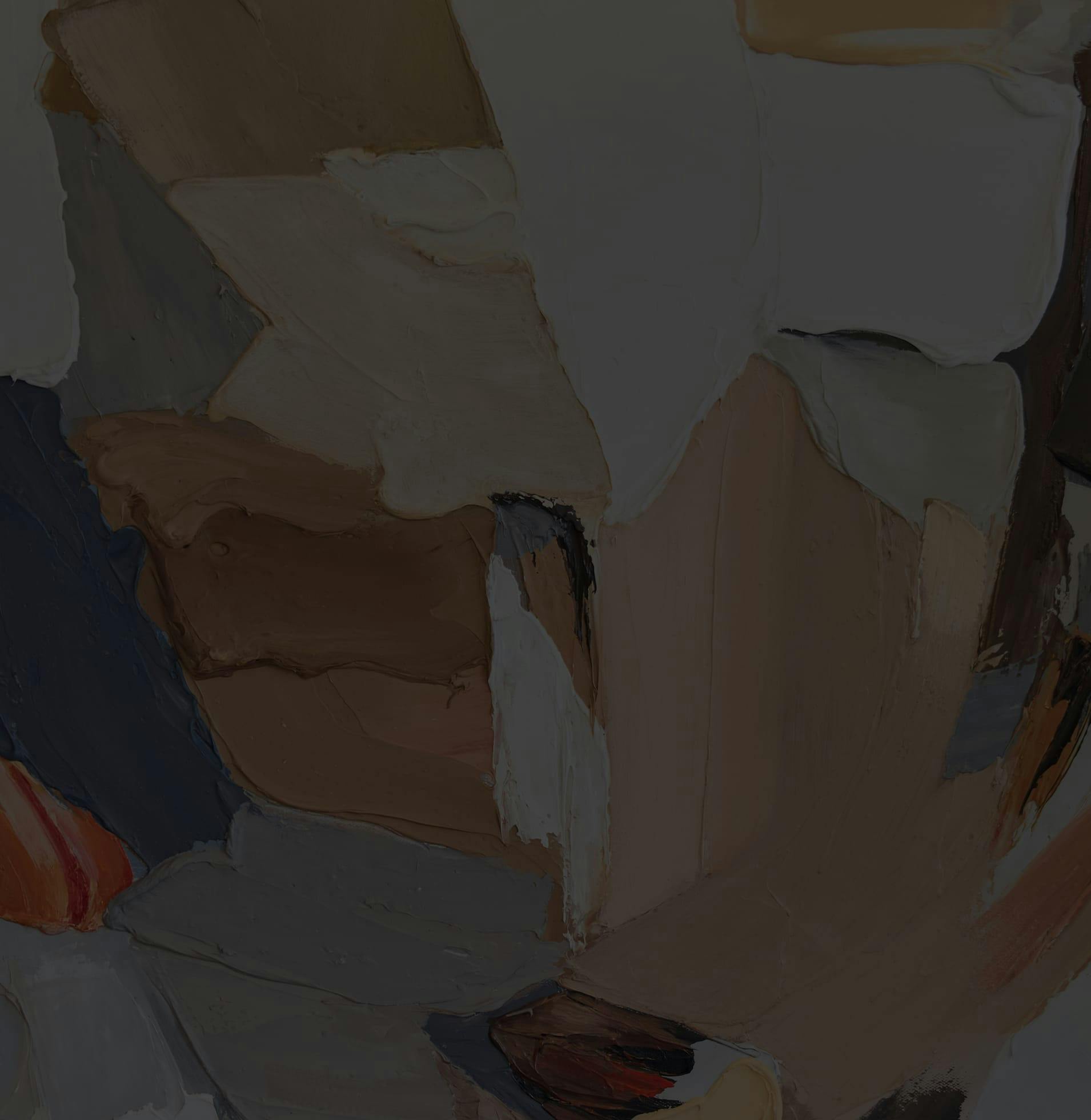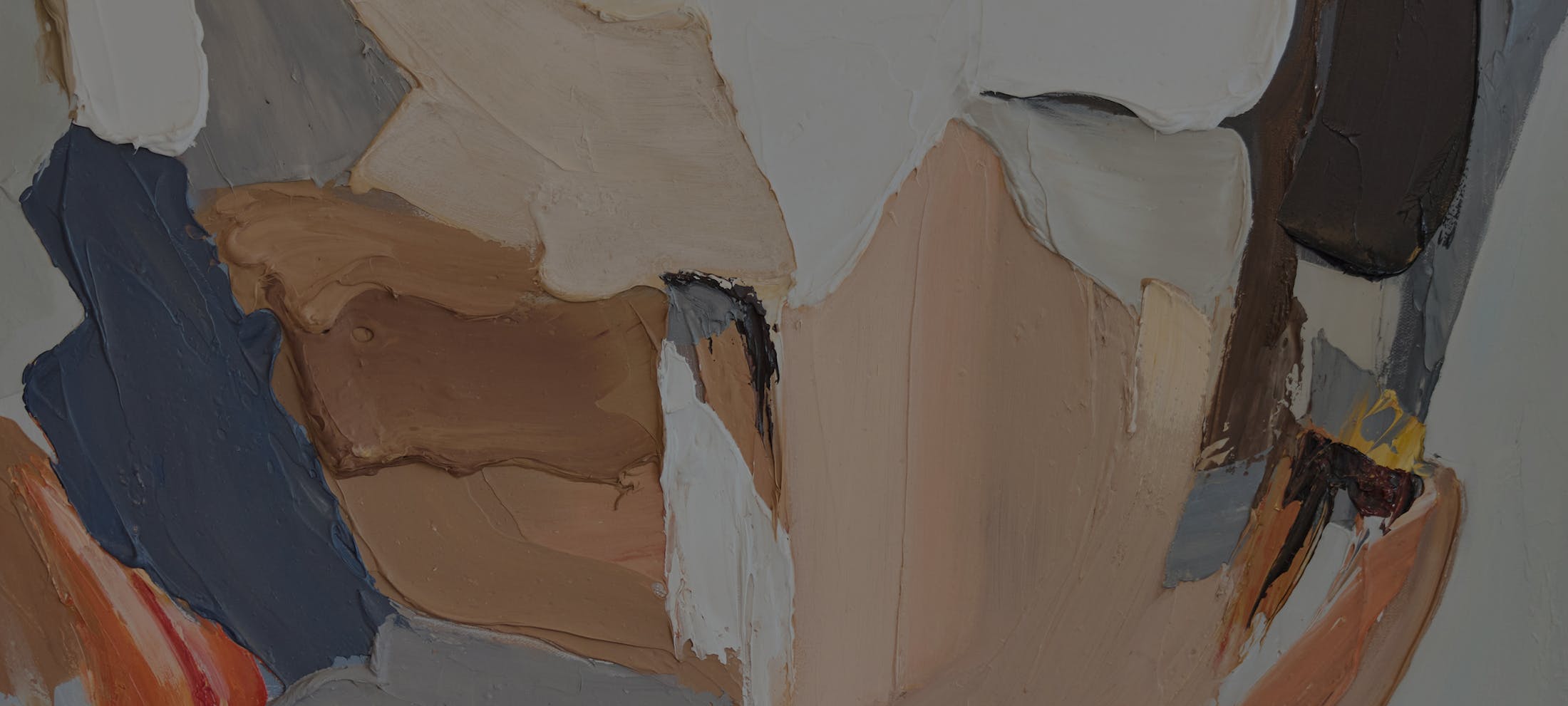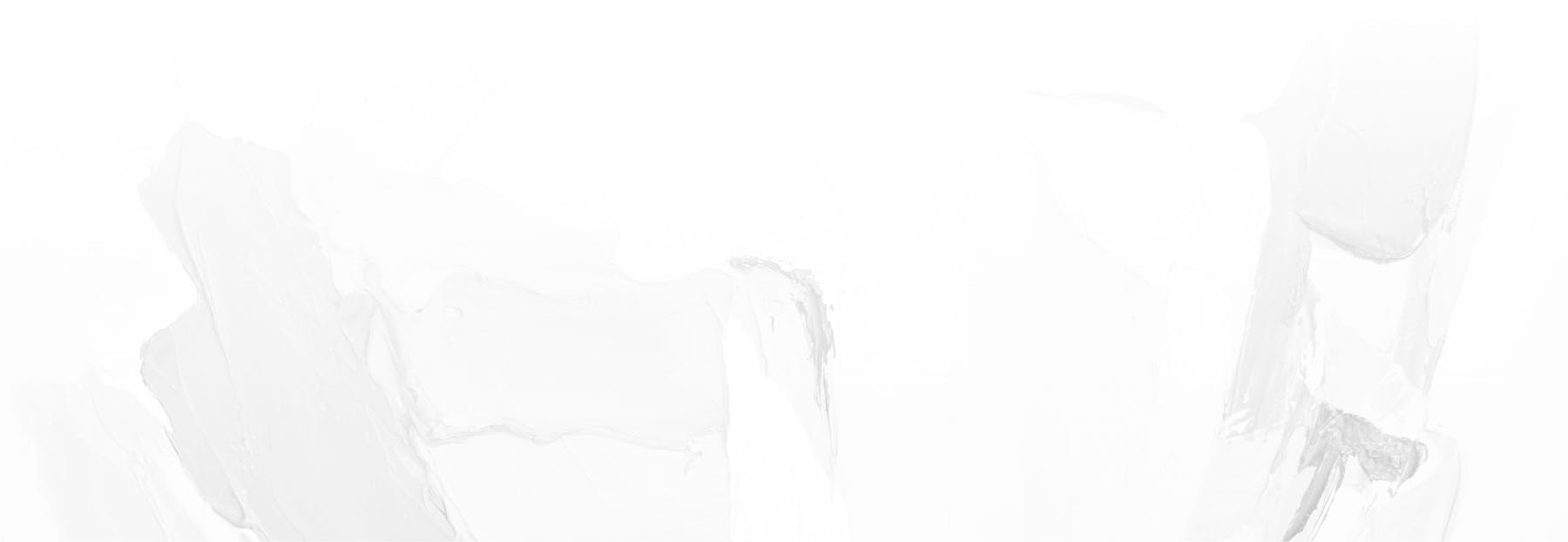Dermabrasion has been used for decades to “refinish” and refresh the skin. It is a minimally invasive surgical process that removes several layers of the skin, and can treat deeper scars, lines, and wrinkles when compared to other methods of skin resurfacing. It is also used to remove pre-cancerous lesions, tattoos, and pigmentation.
How Am I Prepared for The Treatment?
Prior to the procedure, we will apply an anesthetic and/or ice for about 30 minutes to numb your skin. If you prefer and, depending on the extent of the treatment, the area will be numbed. Our goal is always to have you be as comfortable as possible during any type of treatment.








